
You may as well get a lot friendlier with life on Earth—every microbe and mammal, every bird and bug, and especially every human being. Because when it comes to biology, our planet may be the whole show.
Forget the overwhelming math—those trillions upon trillions of planets that are likely out there, at least some of which should be inhabited. Snuff out the one match head that is life on Earth, and the whole universe goes biologically black. We can search for biology all we want, send up all the here-we-are signal flares we can invent, but the fact is, no one will answer—ever—because no one is there.
That, like it or not, may be the truth, and it’s not just the picnic skunks who say so. Some very credible researchers have crunched the numbers and run the odds and taken a good hard look at them without the little frisson of hope even many of the most serious scientists bring to their work—and they come up empty. That’s not easy to accept because for a long time other, equally credible scientists have made a strong case for alien life.
Perhaps the most influential of the life-is-out-there advocates, astronomer and SETI Institute founder Frank Drake, made his bones in the extraterrestrial game with his eponymous equation, a satisfying—if coldly arithmetical—case for the likelihood not only of life in space but of intelligent life. According to Drake, the n in his equation—the number of civilizations in the Milky Way alone capable of producing detectable radio signals—equals the rate of the formation of sunlike stars in our galaxy, times the proportion of stars that are orbited by planets, times the proportion of those planets that would offer life-supporting conditions, times the fraction of those on which life does exist, times the fraction of life-forms that are intelligent, times the fraction of intelligent life-forms capable of transmitting signals, times the length of time such a civilization actually sends those signals before either perishing or going silent for any other reason.
Simple, right? Honestly, it kind of is. Filling in all of the x’s in the Drake equation—which, admittedly, is itself an act of conjecture, albeit highly informed conjecture—typically yields an estimate of thousands of civilizations. Drake himself put it at 10,000. The late cosmological popularizer Carl Sagan estimated the figure at an astounding 1 million. Even if they were off by a factor of 10 or 100 or 1,000, it is clear we are not remotely alone.
Unless we are.
Paul Davies, a cosmologist at Arizona State University and the author of the book Eerie Silence—which takes exactly the dim view of our ever encountering an alien intelligence that its title suggests—finds almost no part of the intelligent-life argument persuasive. The biggest hole he finds in the Drake equation is the one involving the subset of planets that could support life that actually do. The fact is, we have absolutely no empirical data that allows us to put a value on that variable in a responsible way. We know of precisely one world on which life has existed, and the rest is largely guesswork. Fill in that one Drake blank with a zero, and the entire equation collapses to zero too.
Davies, though, goes well beyond the flaws of the equation, arguing that there is a perfectly credible case to be made for the presence of life on Earth as a result of a succession of flukes, each more improbable than the one before it, which, together, could occur only a single time in a trillion trillion tries. A chimp randomly pounding a typewriter might indeed come up with Hamlet. Once. It wouldn’t matter if there were 40 billion other chimps hammering away, just as, as Davies has written, it doesn’t matter if there are 40 billion planets in the Milky Way capable of sustaining life. Only a single one will.
Furthermore, he believes that in the improbable event an intelligent civilization exists, it is surpassingly unlikely it would send any messages our way. The popular notion is that because we’ve been transmitting radio and TV signals for more than a century—and because those signals are spreading into space at the speed of light—surely a sophisticated species would have gotten wind of us. Problem is, in a universe that stretches for 13.8 billion light-years in all directions, the 100 light-years our signals have traveled so far make them a decidedly local broadcast.
Most discouraging is that in all the years we’ve been looking for an extraterrestrial sign (and no, crop circles don’t count), there has been, well, only an eerie silence. SETI’s antennas have been pointed skyward for half a century, listening for a repeating signal that would suggest an intelligent sender; so far, nothing. There was one thrilling moment—on Aug. 15, 1977—when SETI scientist Jerry Ehman, working with Ohio State University’s radio telescope, picked up a signal a full 30 times as strong as the background noise of deep space. It was tracked for 72 seconds and had a frequency similar to that of the spectral line for hydrogen. (That’s relevant because SETI scientists have long believed that since hydrogen is the most common element in the universe, it might be chosen as a sort of universal sending frequency.)
On the printout that the radio telescope produced of the signal, Ehman wrote one word: “Wow!” Forevermore, what he heard that night has been known as the Wow! signal. It was never heard again, though, and today it is assumed to have been an atmospheric anomaly, a reflection from space debris or of earthly origin. What it almost certainly was not was an alien semaphore.
Of course, it’s much too early to consider any of this proof of a negative. The universe is huge and ancient, and a 50-year exploration isn’t even a single pixel in the sweeping mural of time. Science does make hard, sudden turns: one day there was no Copernicus saying the Earth isn’t the center of the universe, and then there was—and nothing was ever the same again. Ditto Einstein and his relativistic universe; ditto Leeuwenhoek and the previously unseen biosphere revealed by his microscope. And so it could still be with the discovery of alien life.
Until then, there may be something to be gained from thinking of the Earth as the universe’s only wilderness preserve. If life is indeed a cosmic one-off, it makes it all the more important that we act as this planet’s responsible caretakers. Snuff this biological light, and the descending darkness won’t just be our fault. It will be our crime.
Read next: Watch the Total Solar Eclipse in 5 Seconds
Snapshots of the Heavens: Amazing Astronomy Photos
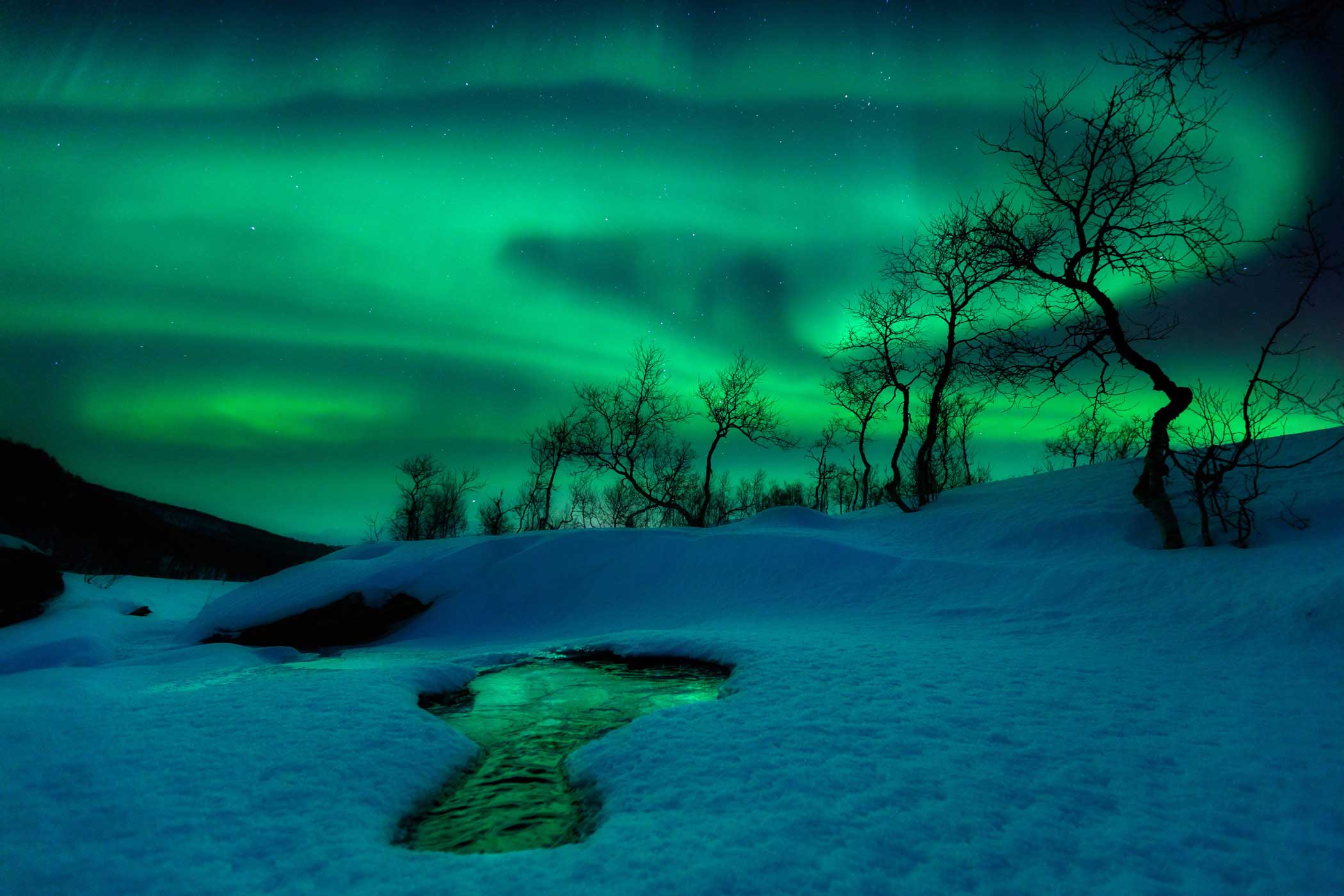
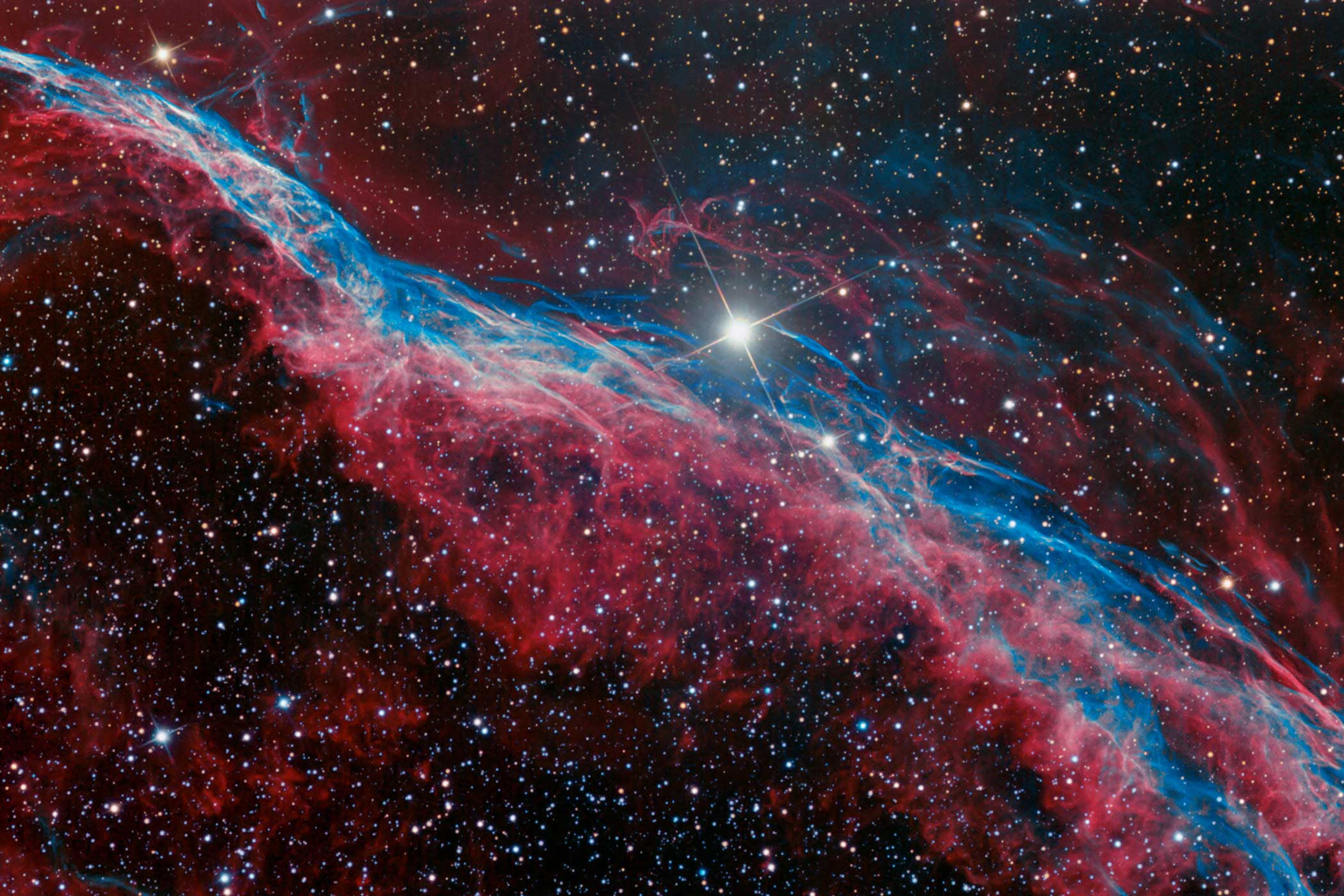
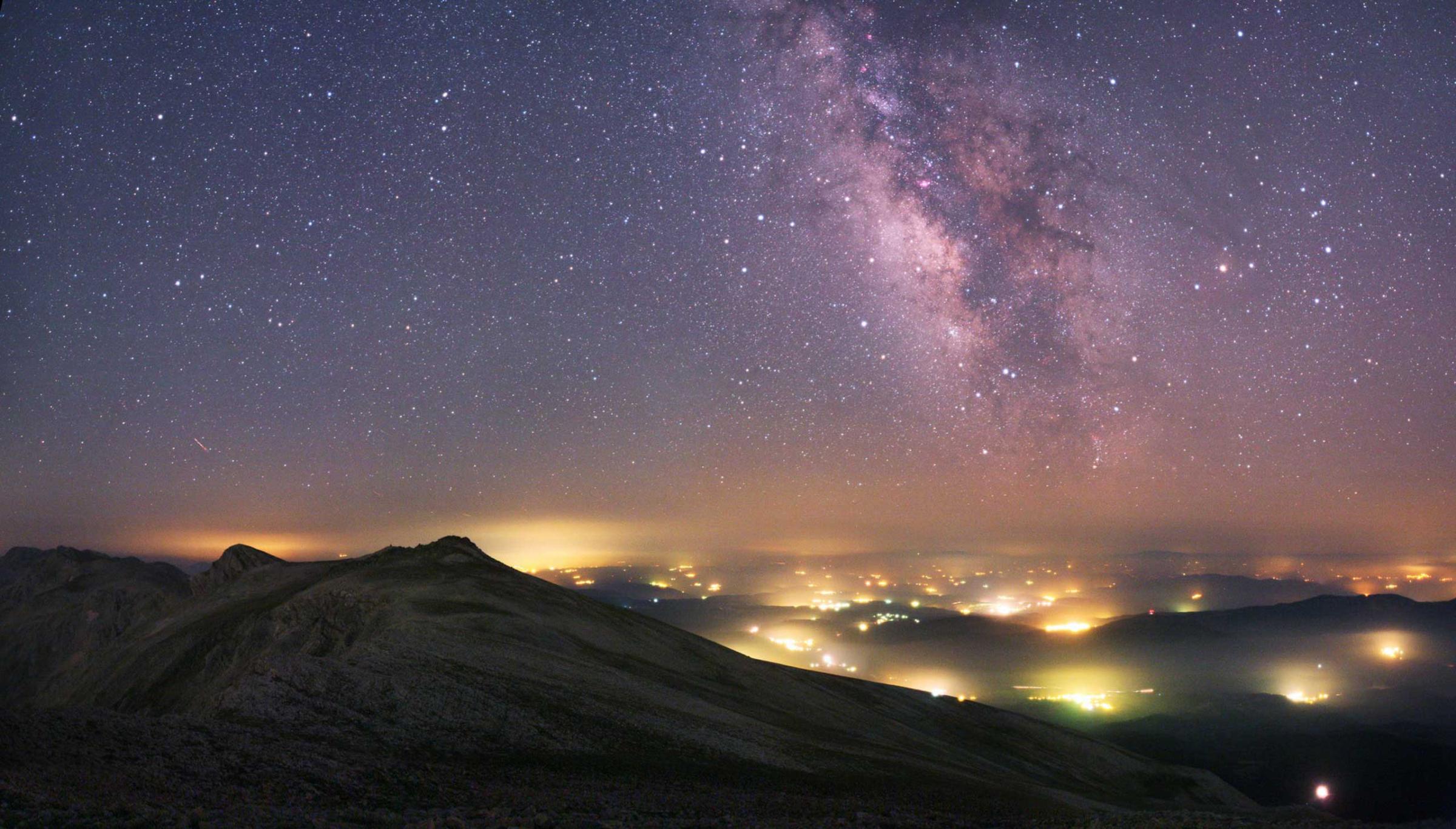

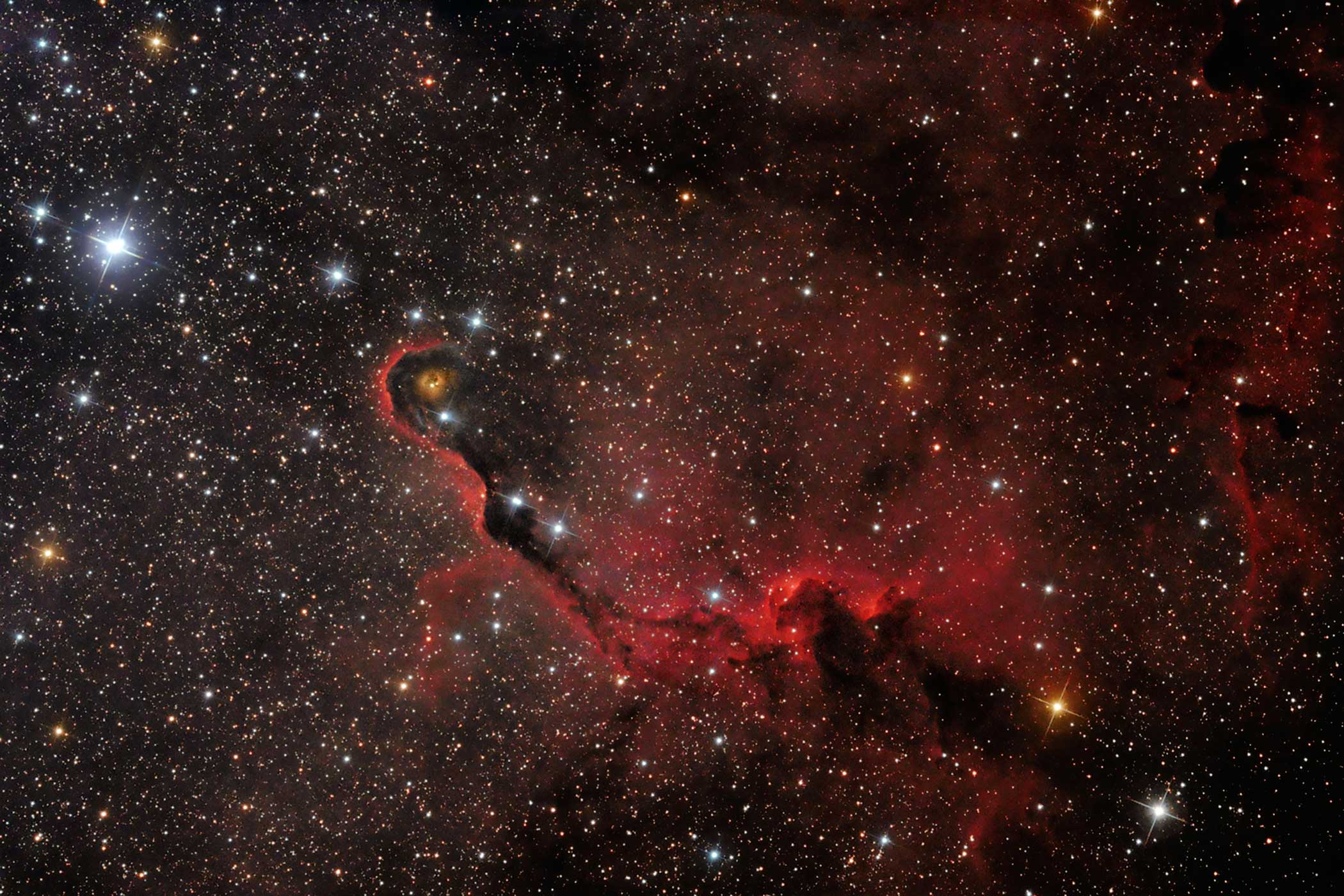
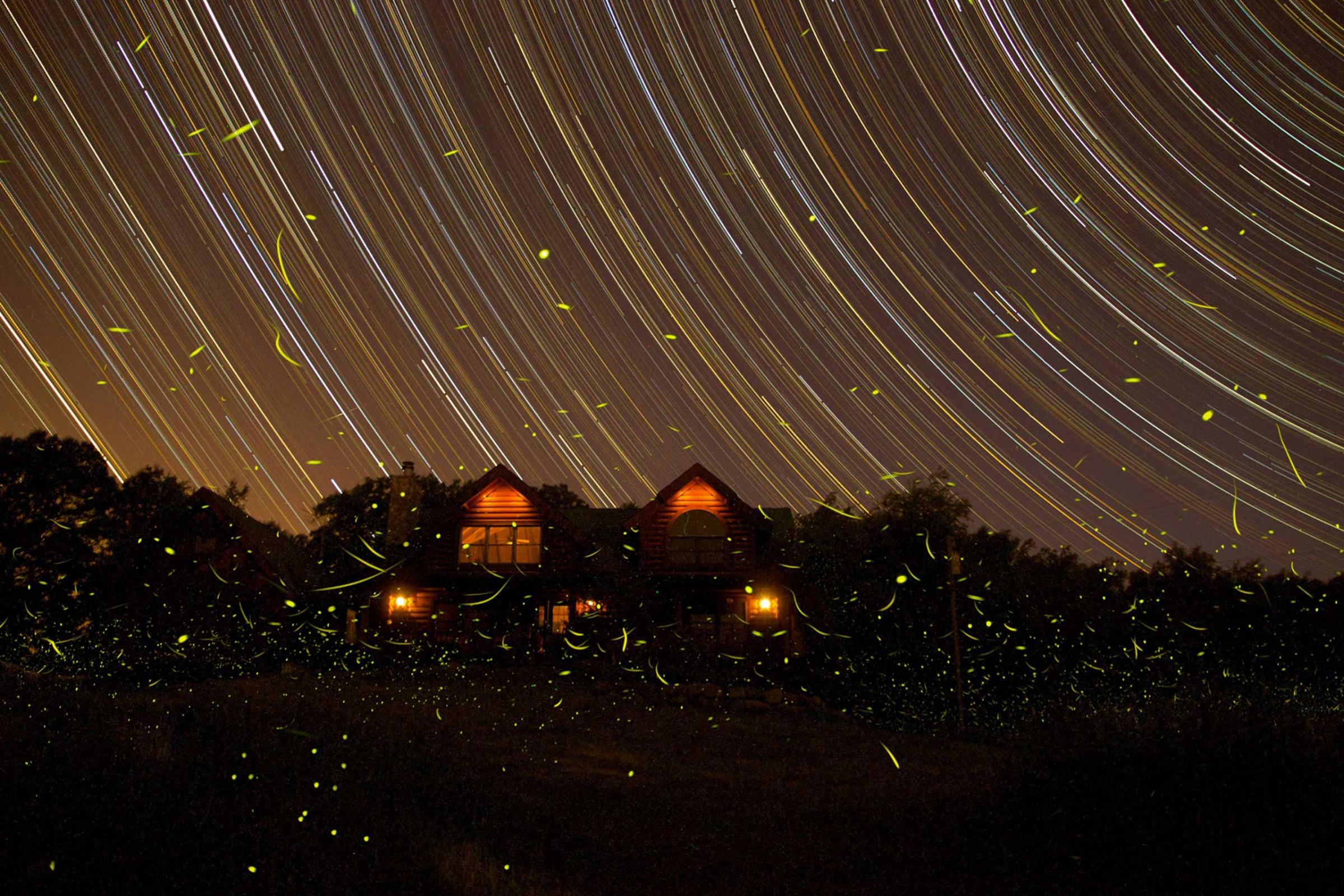
![Lost in Yosemite [C 033706] The photographer came across two hikers lost in the wilderness of Yosemite late one evening in July 2011. He captured this image of the tiny figures in a small bubble of torchlight set within a vast, pitch black forest beneath the immense dome of the sky. It highlights the wonder, beauty and awe of astronomy.](https://api.time.com/wp-content/uploads/2014/12/7lost-in-yosemite-c-033706-c2a9-steven-christenson.jpg?quality=75&w=2400)

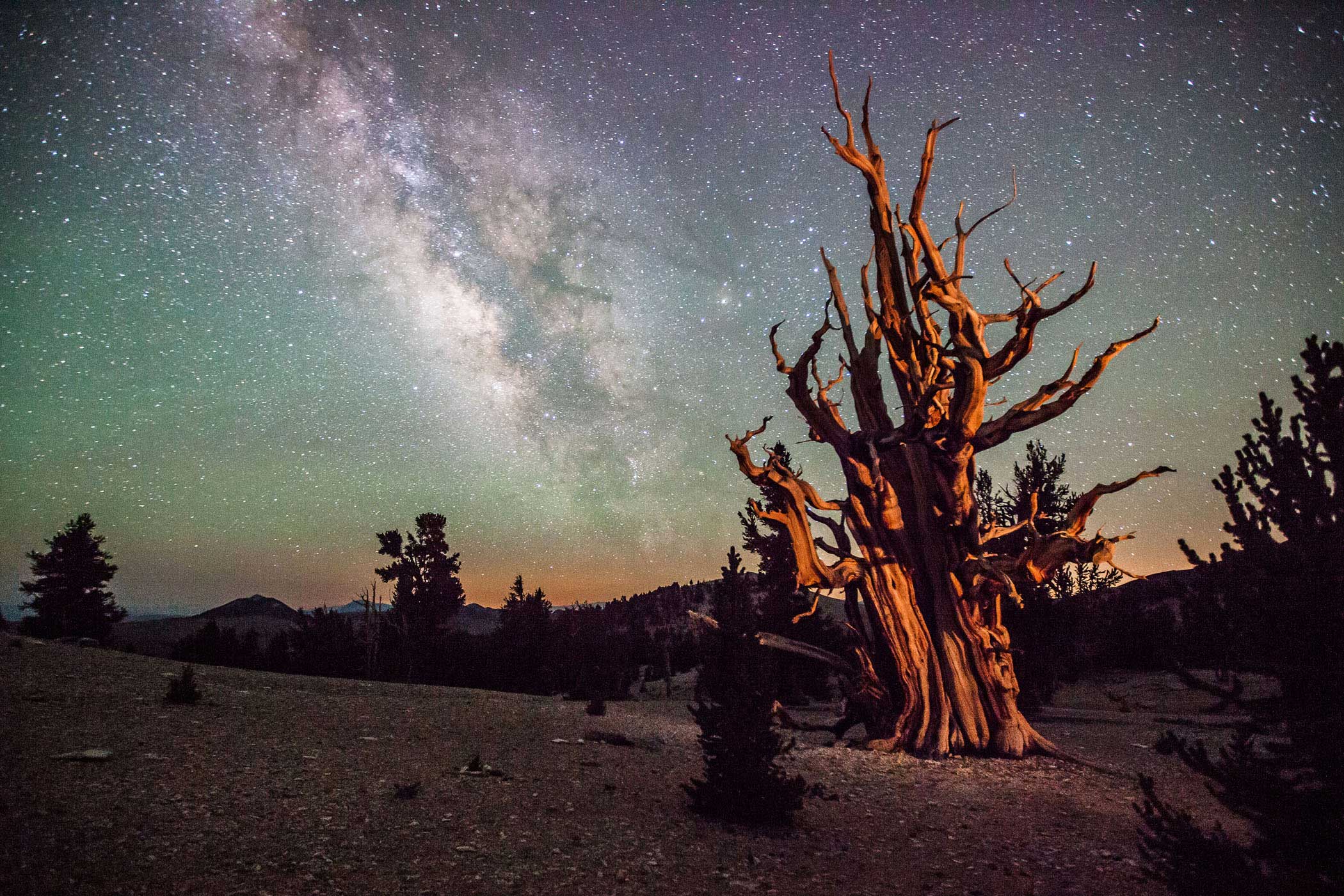
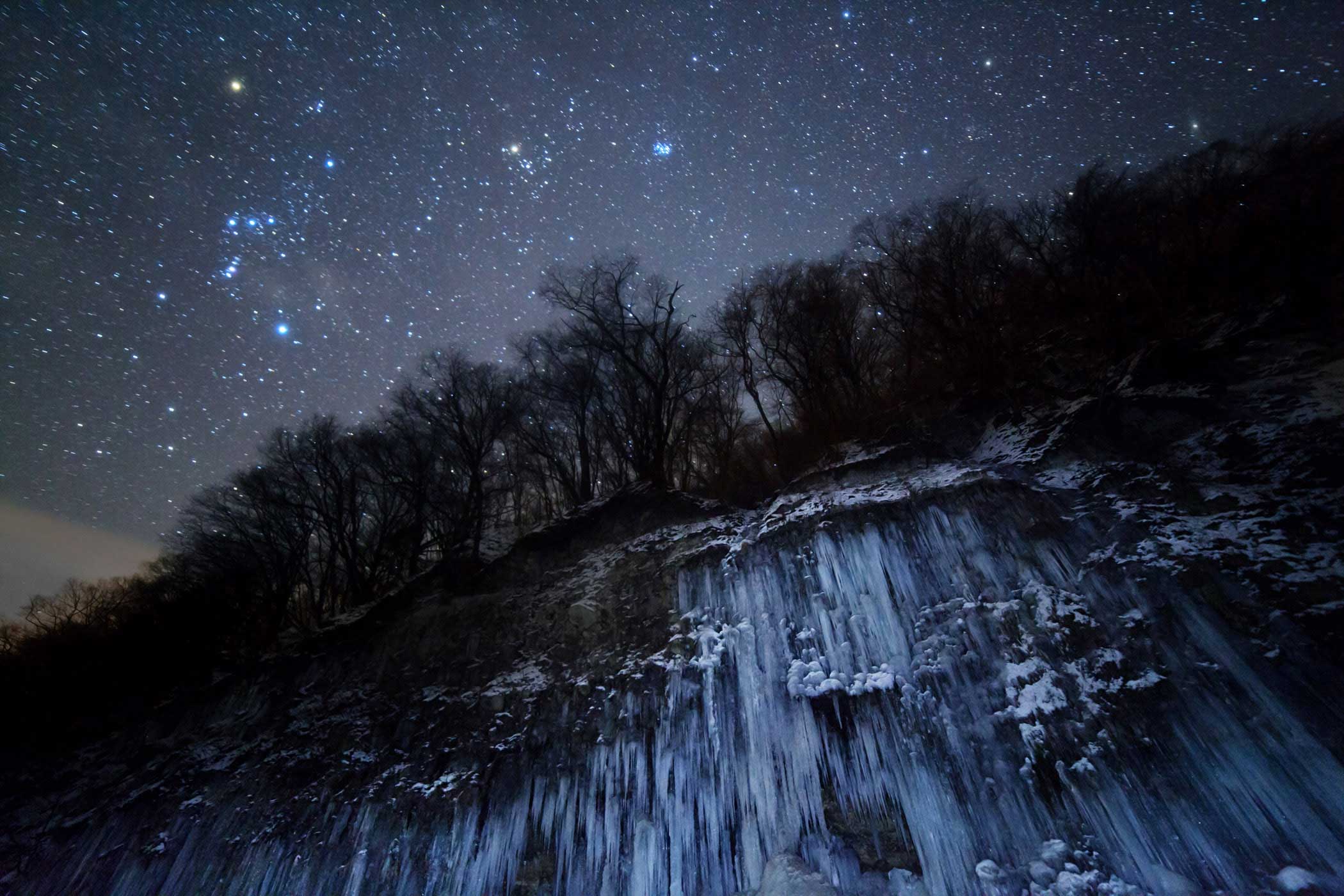
More Must-Reads from TIME
- Donald Trump Is TIME's 2024 Person of the Year
- Why We Chose Trump as Person of the Year
- Is Intermittent Fasting Good or Bad for You?
- The 100 Must-Read Books of 2024
- The 20 Best Christmas TV Episodes
- Column: If Optimism Feels Ridiculous Now, Try Hope
- The Future of Climate Action Is Trade Policy
- Merle Bombardieri Is Helping People Make the Baby Decision
Write to Jeffrey Kluger at jeffrey.kluger@time.com